185 vs 195 Tires
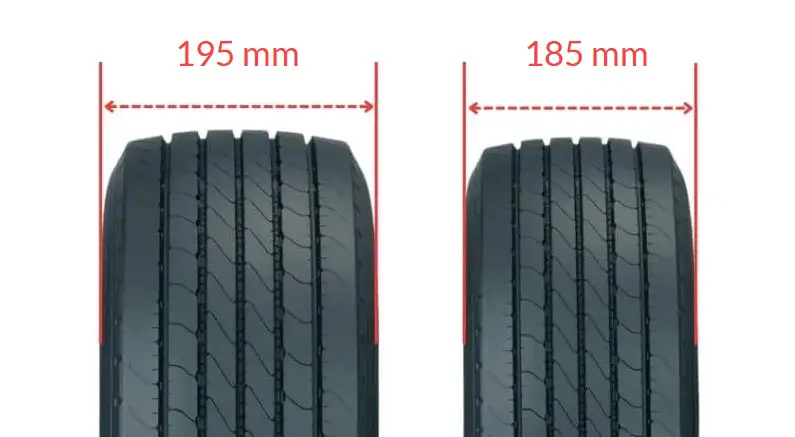
The main difference between a 185 tire size and a 195 tire size is the width of the tire. In short, The 195 tire size is 10 millimeters wider than the 185 tire size.
This difference in width affects the overall height of the tire and can impact the vehicle’s handling, performance, and appearance.
185 vs 195 Table
This table will help you to understand the difference between 185 and 195 tire size.
| 185 Tire Size | 195 Tire Size |
|---|---|
| More comfortable ride compared to 195 tires | Maximum traction on dry roads compared to 185 tires |
| Generally less expensive | Better handling performance than 185 tires |
| Better traction in snow, rain, and slush | Suitable for carrying heavier loads |
| Better fuel economy | Generally more attractive appearance than 185 tires |
| Recommended rim width range: 5 to 6 inches | Recommended rim width range: 5.5 to 7 inches |
| 10 millimeters smaller than 195 tire size | 10 millimeters larger than 185 tire size |
| Can replace 195 tire size (rim width range overlap) | Can replace 185 tire size (rim width range overlap) |
Gas Mileage
The 185 tires, with their slightly smaller contact patch and lower rotational mass, generally provide better fuel efficiency than the wider 195 tires.
This better efficiency is crucial for daily commuting and long trips. However, the 195’s larger diameter and width lead to increased rolling resistance and rotational weight, detracting from fuel economy.
Ride Comfort
The wider 195 tires offer a more comfortable ride than the 185s owing to their more comprehensive ground contact and taller sidewalls.
This cushions bumps and vibrations better. However, the narrower 185s may feel more responsive.
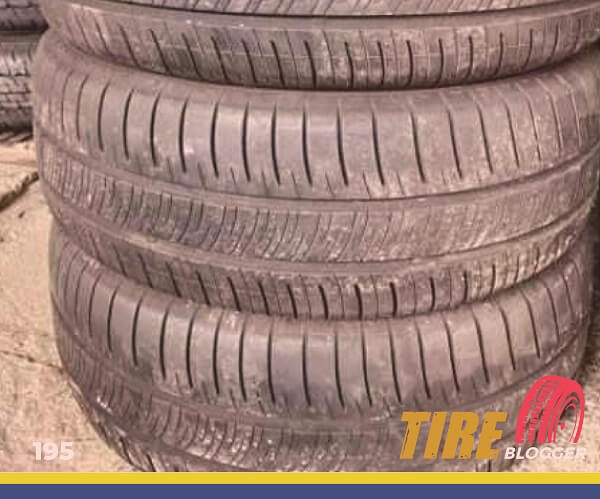
Aesthetics
The sleeker 185 tires contribute to a vehicle’s aerodynamic profile, while the chunkier 195s provide a more aggressive aesthetic. However, the wider tires reduce aerodynamic efficiency.
Handling & Stability
The 185 tires enable quicker steering response and enhanced handling on paved roads. But the 195s present improved stability and traction, especially off-road or on uneven terrain, thanks to their greater surface area.
Durability & Wear
With even pressure distribution across their narrower tread, 185 tires can exhibit uniform wear patterns and long service lives.
However, 195s endure more impact and stress, which, along with their added weight, causes faster wear on suspension and drivetrain components.
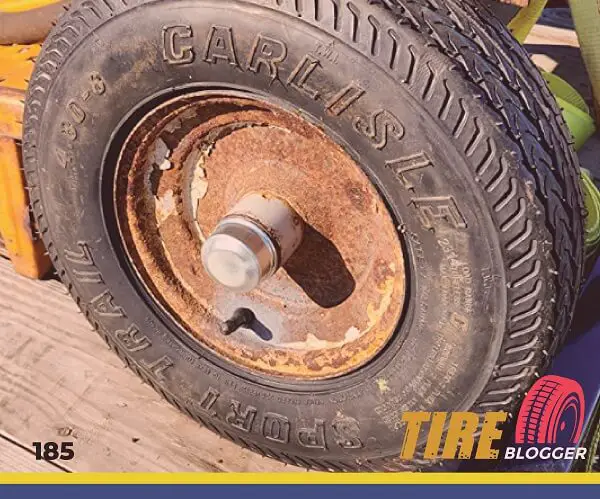
Noise & Vibration
The narrower 185 tires generate less road noise, transmitting fewer vibrations on smooth tarmac. But larger potholes and cracks perturb them more than the air-cushioned 195s. Still, aggressive 195 treads create noise.
Load Capacity
With their wider ground contact patch distributing weight over more area, 195 tires boast greater load capacities.
But construction technique also determines durability, with more durable materials handling heavier loads despite width.
Adverse Conditions
Narrow 185 tires can cut through snow and ice to grip the road below. However, larger, specially treaded 195 tires provide advantageous traction in off-road conditions, mud, sand, and deep snow.
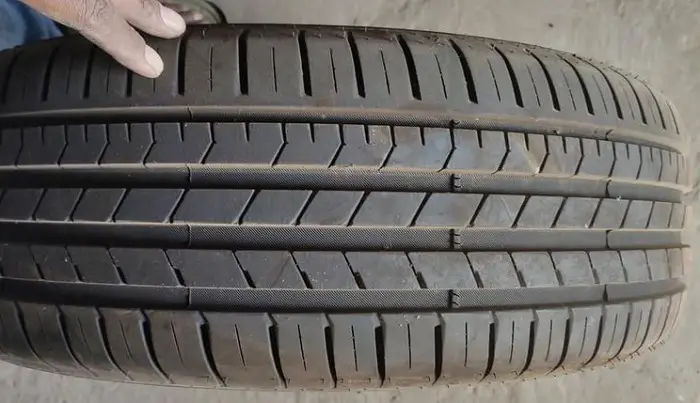
What Does 185 Mean On A Tire?
The number “185” on a tire refers to its width, precisely its section width. This measurement is expressed in millimeters and represents the distance from one sidewall to the other, excluding additional sidewall decorations.
To convert millimeters to inches, divide by 25.4. Therefore, a tire with size 185 would have a width of about 7.28 inches.
What Does 195 Mean On A Tire?
The number “195” printed on a tire is an indication of the tire’s width, also known as section width. This measurement is expressed in millimeters and it represents the distance from one sidewall to the other.
To convert it to inches, you need to divide by 25.4 (since there are 25.4 millimeters in an inch). So, a tire with the size 195 is approximately 7.68 inches wide.
Difference Between 185 and 195 Tires
The main difference between 185 and 195 tires is the section width, with 195 tires being 10mm wider than 185 tires. This difference in width can affect the tire’s performance, handling, and overall look.
Can I Use 185 Tires Instead of 195?
Yes, you can use 185 tires instead of 195 tires. The ideal rim width range for 185 tires overlaps with the range for 195 tires, making the switch possible.
Also, don’t overlook these important factors. New tires should align with your current aspect ratio and rim diameter.
If they don’t match exactly, aim for an overall diameter difference of 3% or less to maintain speedometer precision and vehicle dynamics.
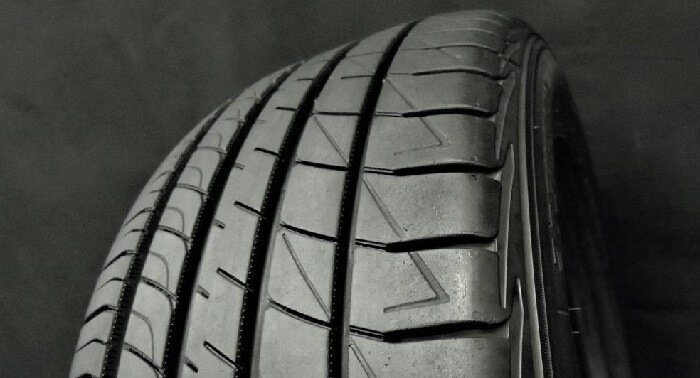
Can I Use 195 Tires Instead of 185?
Yes, you can use 195 tires instead of 185 tires. The ideal rim width range for 195 tires overlaps with the range for 185 tires, making the switch possible.
New tires should have the same aspect ratio and rim diameter as your existing ones. If they differ, keep the overall diameter variance within 3% to avoid impacting speedometer accuracy and vehicle handling.
Can You Put 195 Tires on 185 Rims
Yes, you can put 195 tires on rims designed for 185 tires. The ideal rim width range for 185 tires (5.5-6.5 inches) overlaps with the range for 195 tires (6.0-7.0 inches), ensuring proper fitment.
Keep in mind that the aspect ratio and rim diameter should match for optimal performance.
Can You Put 185 Tires on 195 Rims
Yes, you can put 185 tires on rims designed for 195 tires. The ideal rim width range for 195 tires (6.0-7.0 inches) overlaps with the range for 185 tires (5.5-6.5 inches), ensuring proper fitment.
However, using a wider rim than the maximum recommended width for 185 tires (7.0 inches) can negatively affect handling and tire wear.
Our Observation
Based on the comparisons above, 185 tires are best suited for responsive handling and maximizing fuel efficiency, making them ideal for performance cars and daily commuting.
Meanwhile, 195 tires provide better ride quality and improved traction for off-road driving or carrying heavy loads despite slightly higher fuel consumption. Ultimately, while 195 tires are more versatile for varied conditions, the 185’s road-focused benefits offer advantages to most drivers.
We’d marginally recommend the more well-rounded 195 tires for typical consumer use, but the decision depends heavily on individual priorities and needs.

Meet Caitlin McCormack, a Tire Size Expert and Blogger Passionate About Everything Related to Tires. With Years of Experience in the Tire Industry, Caitlin Has Become an Expert in Tire Sizes and Their Impact on Vehicle Performance.
